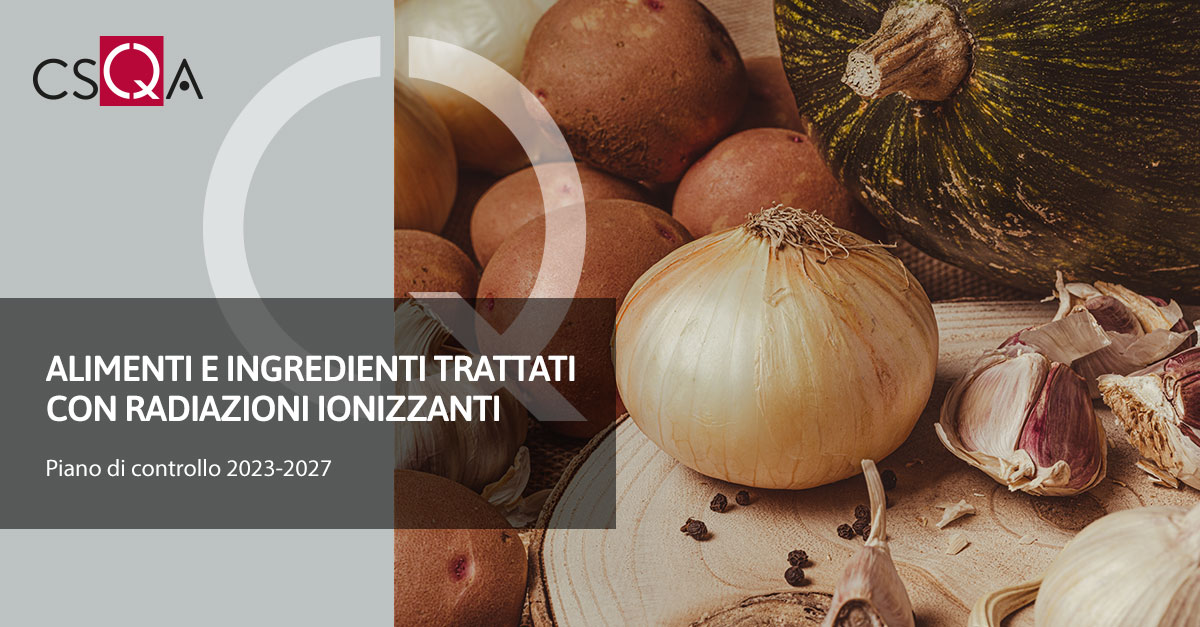 The Ministry of Health has published the Official Control Plan for foods and their ingredients treated with ionizing radiation.
The Ministry of Health has published the Official Control Plan for foods and their ingredients treated with ionizing radiation.The publication, which closely follows that of the report on the outcomes of the 2022 Plan, consists in fact in the update of the multi-year plan on the subject 2023-2027 with the specific articulations foreseen for the current year.
The document, organized in 8 chapters and 11 annexes, describes in detail the structure of the Plan, starting from its objectives , and continuing by detailing:
the relevant Union and national legislation ,
the responsibilities of the various parties involved in its execution,
the articulation of the controls , which must cover both foods of animal origin and those of plant origin,
foods traded within the Community and those imported from third countries.
The annexes contain technical specifications , including the distribution of the minimum number of samples for the Regions, the autonomous Provinces and the border control posts (for imported foods), as well as between the different matrices and analytical methods to be used.
Of particular interest is the specification of the criteria that led to the definition of the sample size for the different matrices which, in compliance with one of the fundamental principles of Regulation (EU) 2017/625 on official controls, are informed by the level of risk associated with each matrix and origin, as well as the exposure rate of the population.
This last criterion leads to defining the number of samples for analysis that must be taken from each Region and Autonomous Province , while the spread of the use of ionising radiation in the treatment of food in different countries, both EU and non-EU, directs the controls according to the origin of the food.
As regards food controls introduced by other EU member countries , it should not be forgotten that at European Union level the legislation on the treatment of food with ionising radiation is not completely harmonised .
It is therefore possible that on the Union market there may be foods treated with ionising radiation which are not included, according to national legislation, among those which can undergo such treatment (in Italy, irradiation is permitted not only of dried aromatic herbs, spices and vegetable condiments, but also of potatoes, garlic and onions for anti-sprouting purposes).
At the end of this quick presentation of the Plan, it is worth returning to the introduction which recalls the position on the treatment of food with ionising radiation expressed by the European Food Safety Authority ( EFSA ).
The treatment is defined as safe if applied in compliance with defined criteria and such as not to cause modifications in the food greater than those accompanying other processes commonly applied to food, such as cooking.
Having said this, EFSA warns against using ionising radiation treatment to replace poor hygiene production conditions .
This is, of course, a technical scientific opinion that, in order to be effective, must be incorporated into EU legislation and understood by consumers, who are often frightened by the use of a technology they do not know and which is frequently equated with dangerous conditions. (Source: https://www.alimentibevande.it/ )